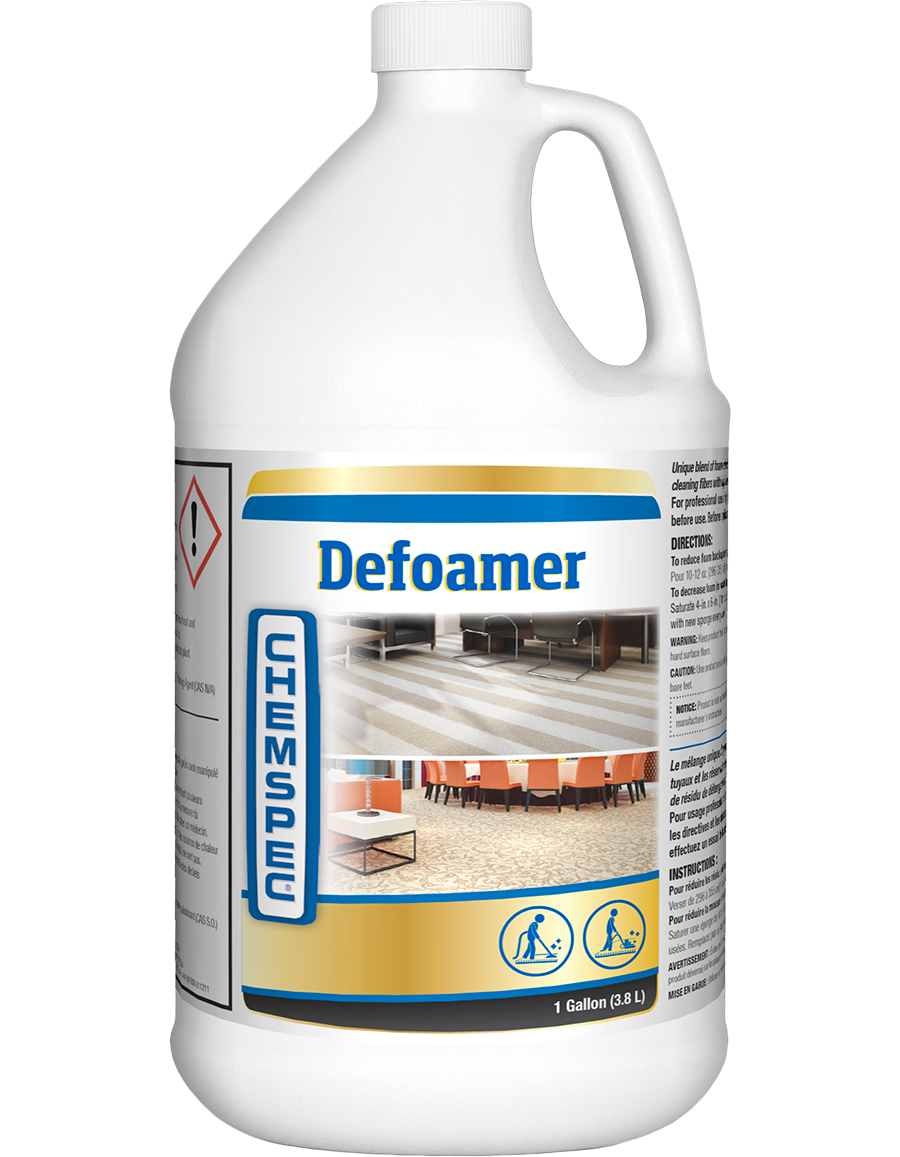How Chemical Defoamer Contributes to Boosting Performance in Different Fields
Exactly How a Chemical Defoamer Can Boost Effectiveness in Your Procedures and Procedures
In today's affordable industrial landscape, operational efficiency is critical, and the function of a chemical defoamer can not be forgotten. By dealing with foam-related obstacles that interrupt procedures, defoamers not only help with smoother operations but also add to cost savings and enhanced product quality.
Recognizing Chemical Defoamers
Chemical defoamers play a crucial duty in numerous industrial processes by effectively reducing and protecting against foam formation. Foaming can lead to functional ineffectiveness, enhanced production costs, and jeopardized product quality. Defoamers are specialized chemical ingredients created to interrupt the stability of foam bubbles, thereby allowing smoother processing and boosted performance across numerous industries, including food and drink, pharmaceuticals, and wastewater therapy.

These representatives generally contain surfactants, oils, or polymeric substances that lower the surface area tension of the fluid, helping with the collapse of foam. The device whereby defoamers run commonly involves the destabilization of foam structures, permitting quicker drain of fluid and the release of entraped air. Different solutions are tailored to certain applications, considering factors such as compatibility with the system, temperature level, and the nature of the liquid being treated.
Recognizing the composition and capability of chemical defoamers is important for choosing the appropriate product for an offered application. By enhancing defoamer option based on procedure demands, sectors can boost functional performance, minimize foam-related challenges, and eventually improve total efficiency.
Benefits of Utilizing Defoamers
Making use of defoamers can dramatically improve operational effectiveness across different markets by properly reducing foam-related problems. The existence of foam can interfere with processes, bring about boosted downtime, minimized efficiency, and possible top quality degradation in output. Defoamers assist deal with these difficulties by damaging down foam frameworks, therefore allowing for smoother operations.
Among the main benefits of using defoamers is the decrease of waste and rework. By reducing foam formation, defoamers improve the consistency of processes, making sure that products are utilized effectively. This not only decreases functional costs yet also adds to sustainability campaigns by lowering source intake.
In addition, defoamers can boost item quality. In manufacturing settings, too much foam can bring about incongruities in product characteristics, influencing client complete satisfaction. By controlling foam levels, defoamers aid keep the preferred physical residential or commercial properties of products.

Applications in Various Industries
The efficiency of defoamers prolongs throughout a Get More Info variety of markets, where their application addresses details foam-related challenges fundamental to every sector. In the food and beverage market, defoamers are critical for optimizing production processes, such as brewing and dairy products handling, where too much foam can prevent circulation rates and reduce effectiveness. By lessening foam, these representatives boost item top quality and uniformity.
In the chemical production field, defoamers are used in procedures like paint manufacturing and wastewater treatment. Below, they prevent foam development that can conflict with blending and separate stages, thus boosting the general performance and performance of procedures.
In drugs, defoamers play an important duty in the solution of fluid drugs, guaranteeing appropriate dosage and security by regulating foam during blending and storage. (Chemical Defoamer)
Furthermore, in the farming field, defoamers are utilized in chemical formulations to improve application effectiveness and lessen waste.
Choosing the Right Defoamer
Choosing the ideal defoamer is crucial for attaining ideal efficiency in different applications. The choice process need to begin with a comprehensive understanding of the certain problems handy, including the type of foam existing, the handling conditions, and the chemical compatibility with various other formulation elements.
Defoamers are developed from a range of products, consisting of silicone, mineral oils, and fats. Identifying the ideal composition is necessary, as various materials display varying efficiency in varied settings. Silicone-based defoamers are often preferred in high-temperature applications due to their security, while natural this hyperlink defoamers might be a lot more suitable for water-based systems.
In addition, think about the defoamer's impact on the last product. Some formulas can change the visual or functional residential or commercial properties, making it important to choose a defoamer that meets item requirements without endangering top quality.
Checking is an additional crucial action in selecting a defoamer. Small tests can offer valuable understandings into the defoamer's performance, enabling changes before full-scale implementation. By very carefully assessing these elements, companies can boost effectiveness and make certain that the defoamer efficiently satisfies their operational demands.
Ideal Practices for Execution
Executing a defoamer effectively needs careful preparation and adherence to finest practices to optimize its efficiency. Conduct an extensive analysis of the specific application and foam characteristics. Understanding the kind and resource of foam will certainly guide the option of the most appropriate defoamer formula.
Following, develop the optimum dose (Chemical Defoamer). Begin with a small test to establish the minimum reliable concentration, as excessive usage can cause adverse results on item high quality or operational performance
Tracking and changing the application approach is critical; make sure that the defoamer is presented at the right point while doing so for maximum impact, such as during blending or right away after foam development.

In addition, preserve clear interaction with all appropriate employees to guarantee constant application techniques and to share insights on performance results.
Conclusion
In conclusion, the utilization of chemical defoamers plays a pivotal duty in enhancing operational efficiency across diverse industries. Ultimately, the incorporation of defoamers into a fantastic read industrial procedures cultivates integrity and contributes to general performance enhancement.

In the food and drink sector, defoamers are important for maximizing production processes, such as developing and dairy products handling, where excessive foam can impede circulation prices and decrease effectiveness. Silicone-based defoamers are usually favored in high-temperature applications due to their stability, while natural defoamers might be more ideal for water-based systems.